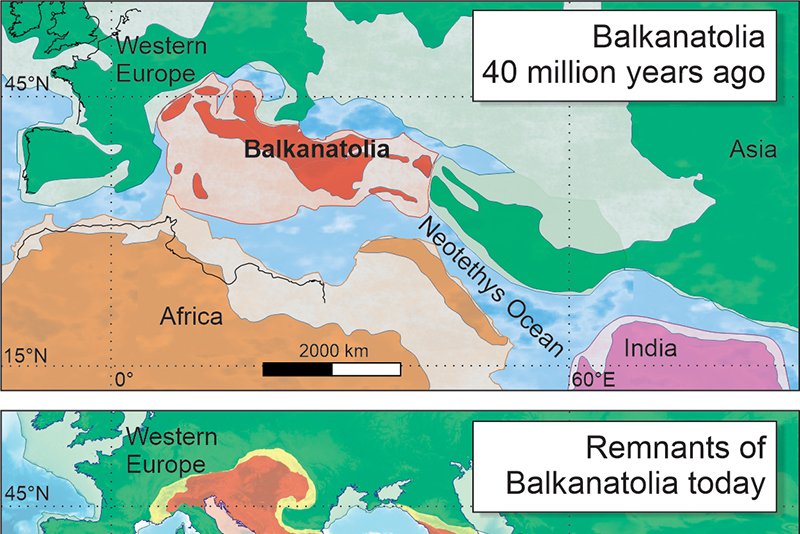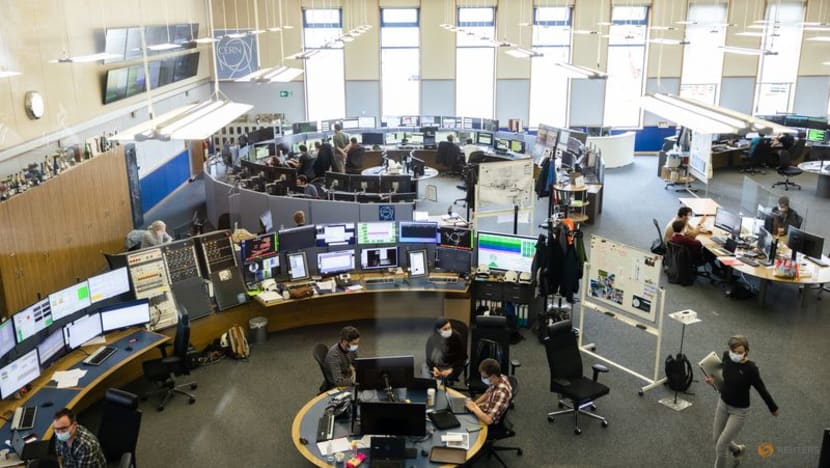
President Gotabaya Rajapaksa has come under increasing pressure to fire members of his powerful family, including elder brother Prime Minister Mahinda Rajapaksa (Photo: AFP/Ishara S Kodikara)
23 Apr 2022 02
COLOMBO: Sri Lanka's beleaguered prime minister came under increased pressure to step down on Saturday (Apr 23), as a Cabinet minister and other senior party members backed street protests calling for resignations over a worsening economic crisis.
Media Minister Nalaka Godahewa announced his support for the thousands outside President Gotabaya Rajapaksa's office who are demanding he and other members of his powerful family quit power.
Sri Lanka is suffering its most painful economic downturn since independence in 1948, with months of lengthy blackouts and acute shortages of food, fuel and other essentials.
The crisis has sparked countrywide protests, with angry demonstrators camped outside Rajapaksa's office for more than three weeks.
Under pressure, the president dropped two of his brothers - Chamal and Basil - and nephew Namal from the cabinet this month, but protesters rejected the changes as cosmetic.
Godahewa, previously a staunch Rajapaksa loyalist, said the president should sack his elder brother, Prime Minister Mahinda Rajapaksa - the head of the family - and allow an all-party interim government to take over.
He said the government had lost its credibility after the police killing of a protester on Tuesday. Godahewa said he had offered his resignation but President Rajapaksa had not accepted it.
"We need to restore political stability to successfully meet the economic crisis," Godahewa said in a statement on his Facebook page.
"The entire cabinet, including the prime minister, should resign and [there should be] an interim cabinet that can win the confidence of all."
INCREASED SECURITY FOR FUNERAL
Police and the military stepped up security in the central town of Rambukkana on Saturday, ahead of the funeral of 42-year-old Chaminda Lakshan, who was shot dead when police broke up a protest against spiralling fuel prices.
Several senior ruling party members, including Dullas Alahapperuma, a former media minister and Cabinet spokesman, have also asked the premier to step down.
"I urge the President to appoint a smaller Cabinet with a genuine consensus representing all parties in parliament for one year maximum," Alahapperuma said on Saturday.
Food, fuel and electricity have been rationed for months and the country is facing record inflation. Hospitals are short of vital medicines and the government has appealed to citizens abroad for donations.
Finance Minister Ali Sabry, who is in Washington to negotiate a bailout from the International Monetary Fund, warned on Friday that the economic situation in the South Asian nation will likely worsen even further.
"It is going to get worse before it gets better," Sabry told reporters. "It is going to be a painful few years ahead."





















/cdn.vox-cdn.com/uploads/chorus_image/image/70782491/1240021572.0.jpg)
